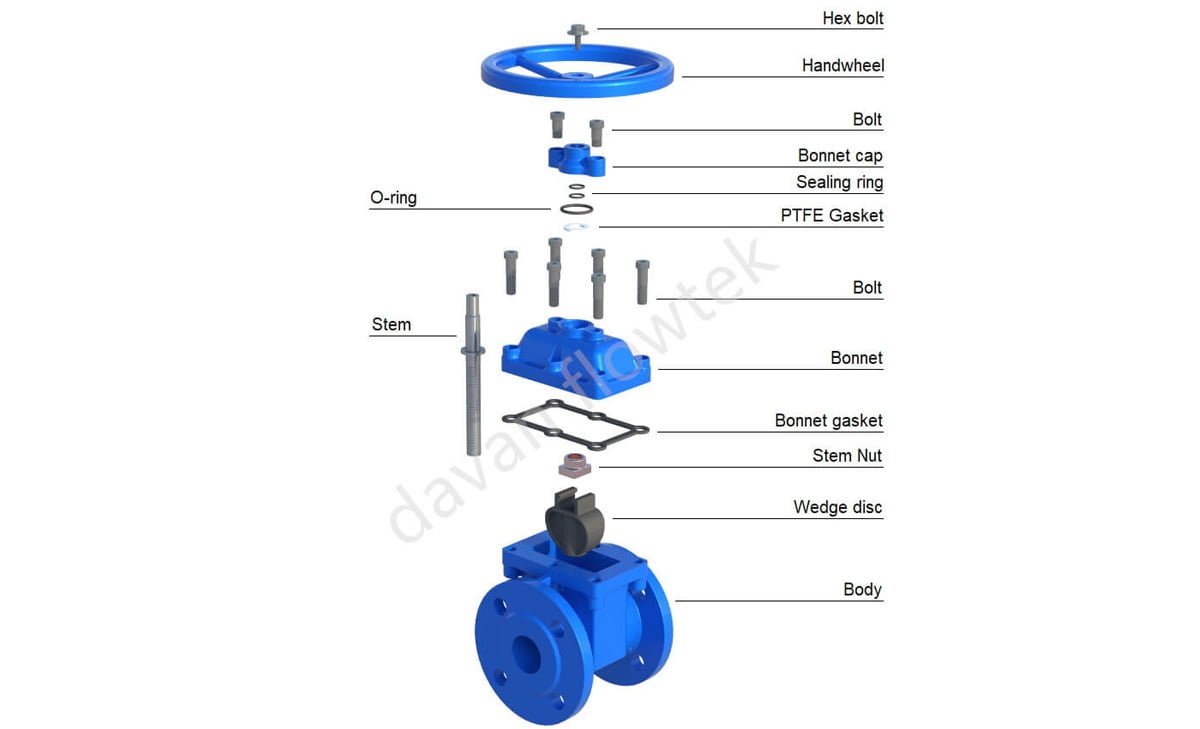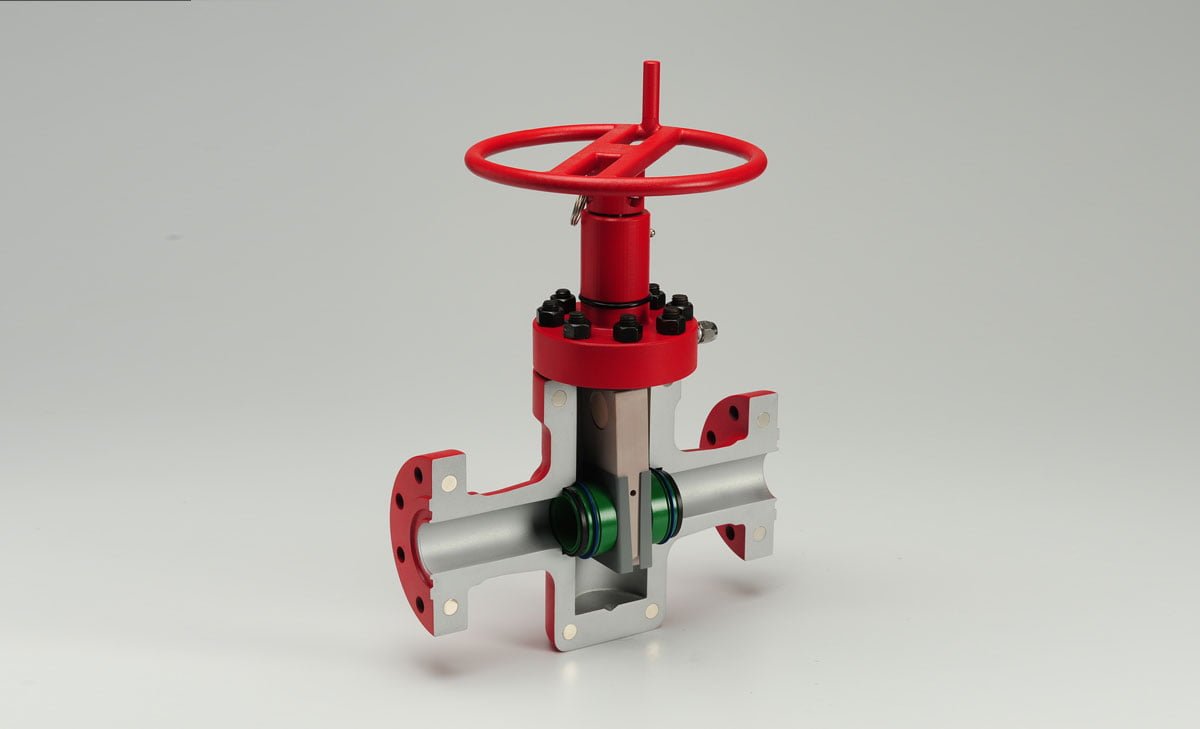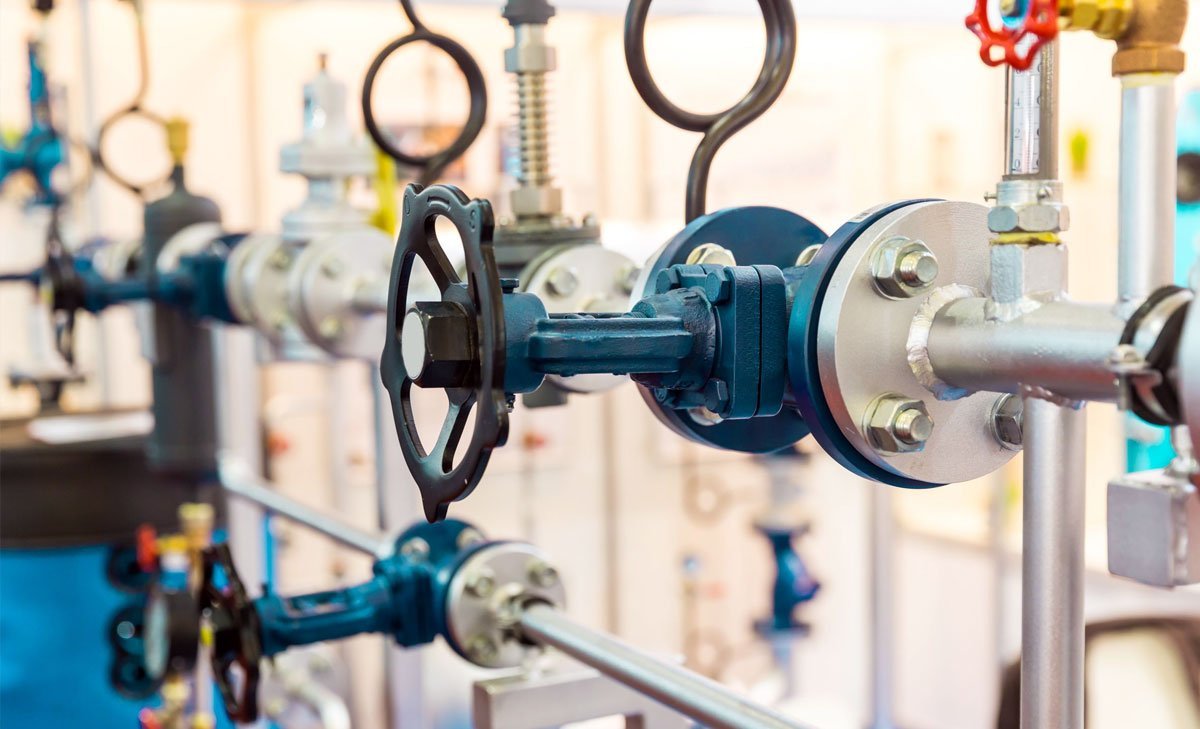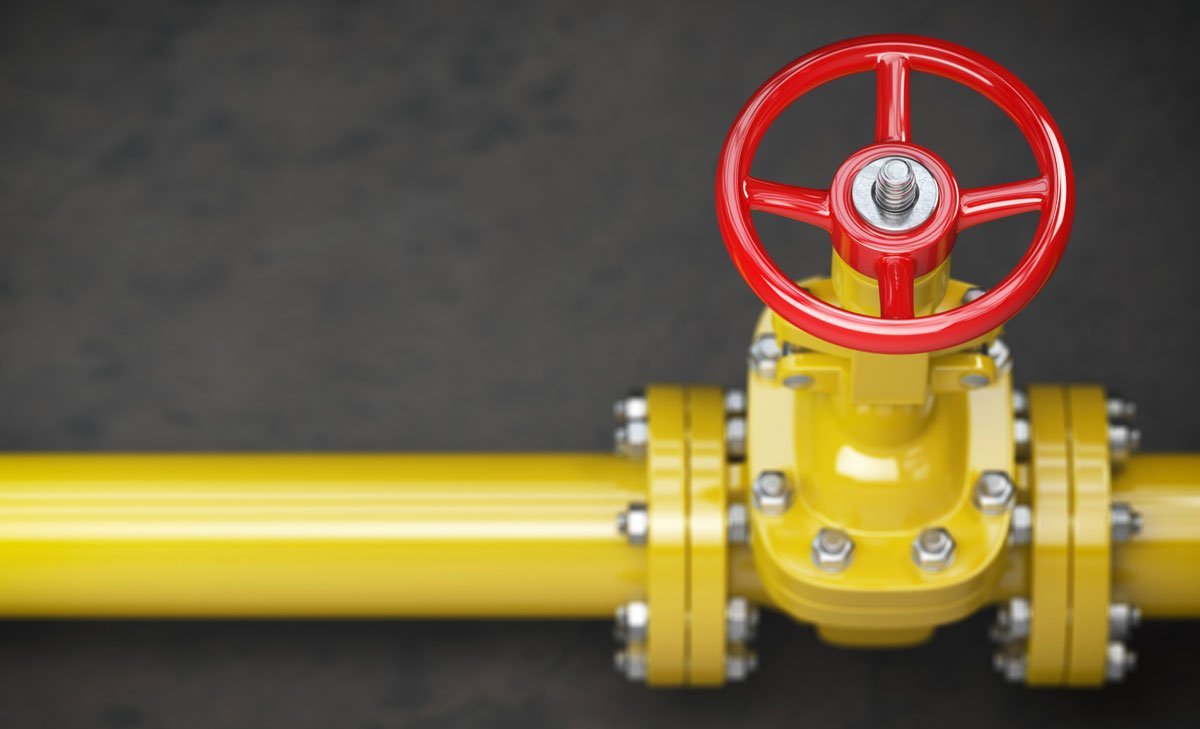Resilient Seated Gate Valves: Industry Standards and Regulations

Table of Contents
ToggleUnderstanding Industry Standards and Regulations for Resilient Seated Gate Valves
Understanding industry standards and regulations for resilient seated gate valves is crucial for ensuring compliance and safety in various applications. What are the specific standards and regulations governing the design, manufacturing, and implementation of these essential components? In this article, we will delve into the key industry requirements and guidelines that govern resilient wedge gate valves, providing a comprehensive overview for professionals in the field.
What is a Resilient Seated Gate Valve?
Resilient Seated Gate Valves:
- Resilient seated gate valves are designed to meet specific industry standards and regulations to ensure safety, performance, and reliability in various applications.
Industry Standards:
- These valves are manufactured in accordance with industry standards such as AWWA C515, AWWA C509, and EN 1074-1/2 to meet the requirements for potable water systems, wastewater management, and other industrial applications.
Regulations:
- They comply with regulations set by organizations like NSF International, ANSI, and UL, ensuring that the valves adhere to strict quality and performance standards.
Materials and Construction:
- The materials and construction of resilient seated gate valves are in line with industry standards, ensuring corrosion resistance, durability, and leak-tight performance.
Testing and Certification:
- These valves undergo rigorous testing procedures to obtain certifications that validate their compliance with industry standards and regulations, providing assurance of their suitability for specific applications.
Installation and Maintenance:
- Guidelines for the installation and maintenance of resilient seated gate valves are also outlined in industry standards to ensure proper functioning and longevity of the valves in various operating conditions.
The Role of Resilient Seated Gate Valves in Industrial Applications
Resilient seated gate valves, also known as rubber-seated gate valves, are essential components in industrial settings, known for their unique design and versatile applications. In this section, we will delve into the definition and design features of resilient seated gate valves, as well as their common uses in water, wastewater, and other industries.
Definition and Design Features of Resilient Seated Gate Valves
Resilient seated gate valves are specifically designed with an elastomer-coated gate that ensures a tight seal when the valve is closed. This elastomer, typically made of rubber or a similar material, enables a bubble-tight shut-off, effectively preventing leakage and ensuring smooth operation. The design of these valves makes them suitable for a wide range of industrial applications, where reliable shut-off and minimal maintenance are crucial.

Common Uses in Water, Wastewater, and Other Industries
- Water Supply Systems: Resilient gate valves are extensively utilized in water supply systems for municipalities, industries, and commercial buildings, providing reliable regulation of water flow and preventing leakage.
- Wastewater Treatment: These valves play a critical role in controlling the flow of effluent, sludge, and chemicals in wastewater treatment plants, ensuring efficient operation throughout the treatment process.
- Fire Protection Systems: Employed to control water supply in emergency situations, resilient gate valves offer quick response times and reliable shut-off, enhancing the effectiveness of fire protection systems.
- Chemical and Petrochemical Industry: With excellent sealing properties, resilient gate valves are well-suited for handling hazardous and corrosive substances safely in the chemical industry.
- Power Generation Plants: These valves find applications in water intake systems, cooling water circuits, and other critical areas within power plants, ensuring precise fluid flow control.
- Oil and Gas Pipelines: Utilized to regulate the flow of hydrocarbons, resilient gate valves play a vital role in ensuring efficient transportation within oil and gas pipelines.
In conclusion, resilient seated gate valves serve diverse industrial applications due to their reliable sealing capabilities, low maintenance requirements, and efficient fluid flow regulation. Understanding their role in industrial settings is crucial for ensuring the smooth operation of essential systems and processes.

Image Credit: Davan Flowtek
Overview of Industry Standards for Gate Valves
The reliability and performance of gate valves are governed by a set of industry standards and regulations that ensure their safe and efficient operation. Understanding these standards is crucial for selecting and maintaining gate valves in various applications. The major industry standards for gate valves include the American Water Works Association (AWWA) standards, American National Standards Institute (ANSI) requirements, and International Organization for Standardization (ISO) protocols.
American Water Works Association (AWWA) Standards
The AWWA sets standards for gate valves used in water supply systems, focusing on aspects such as valve construction, materials, performance, and testing. These standards ensure that gate valves meet specific requirements for potable water applications, including considerations for corrosion resistance, durability, and leak-tightness.
American National Standards Institute (ANSI) Requirements
ANSI standards encompass a wide range of gate valve specifications, addressing factors such as valve dimensions, pressure ratings, and end connection details. Compliance with ANSI requirements is essential for the interoperability and compatibility of gate valves across different systems and industries.
International Organization for Standardization (ISO) Protocols
ISO standards for gate valves cover aspects related to design, materials, performance testing, and marking. These global standards ensure that gate valves meet international quality and safety benchmarks, facilitating their use in diverse industrial and commercial settings worldwide. Adhering to ISO protocols also promotes consistency and reliability in valve manufacturing and application.
By adhering to these industry standards and regulations, manufacturers, suppliers, and users of gate valves can ensure the quality, safety, and reliability of these critical components in various fluid handling systems.
Regulations Governing Resilient Seated Gate Valves
Environmental Protection Agency (EPA) Guidelines
The Environmental Protection Agency (EPA) plays a critical role in setting and enforcing regulations that impact the manufacturing and use of resilient seated gate valves. The EPA is focused on safeguarding the environment and human health, and as a result, manufacturers must adhere to stringent guidelines regarding materials used in the production of these valves. This includes restrictions on the use of hazardous substances and criteria for assessing environmental impact.
Occupational Safety and Health Administration (OSHA) Regulations
In the realm of workplace safety, the Occupational Safety and Health Administration (OSHA) sets forth regulations that directly impact the installation and maintenance of resilient seated gate valves. This includes guidelines for handling, storage, and maintenance procedures to ensure the safety of workers who come into contact with these valves. OSHA’s directives also cover requirements for protective equipment, training, and emergency response protocols in the event of valve-related incidents.
State and Local Compliance Issues
In addition to federal regulations, manufacturers and users of resilient seated gate valves must also navigate the landscape of state and local compliance requirements. These regulations can vary widely and may encompass specific environmental standards, usage limitations, inspection protocols, and documentation requirements. Staying abreast of these localized regulations is crucial to ensure full compliance and avoid potential legal ramifications.
Materials and Manufacturing Standards
The materials and manufacturing standards for resilient seated gate valves are crucial aspects that ensure the safety and reliability of these components in various applications. Compliance with standards such as NSF/ANSI 61 certification for drinking water system components is essential to guarantee the suitability of the materials used in gate valves for contact with potable water. This certification emphasizes the importance of preventing the leaching of harmful substances into drinking water, thereby safeguarding public health.
NSF/ANSI 61 Certification for Drinking Water System Components
The NSF/ANSI 61 certification sets specific criteria for the types of materials that can be used in contact with drinking water. This standard assesses the potential of these materials to contaminate water through leaching of harmful substances, ensuring that the gate valve components are safe for use in drinking water systems.
Material Selection for Durability and Compliance
The selection of materials for resilient seated gate valves involves careful consideration of factors such as corrosion resistance, mechanical strength, and chemical compatibility. Materials must meet durability requirements to withstand the operational conditions of the valves while also complying with industry standards to ensure safe and reliable performance.
Quality Control in Manufacturing Processes
Manufacturers of gate valves must adhere to stringent quality control measures during the production process to maintain the integrity of materials and components. Quality control protocols encompass material testing, dimensional accuracy checks, and adherence to specific manufacturing guidelines to guarantee the reliability and performance of resilient seated gate valves.
By prioritizing NSF/ANSI 61 certification, meticulous material selection, and rigorous quality control, the industry maintains high standards for resilient seated gate valves, ensuring their suitability for diverse applications and regulatory compliance.

Image Credit: LinkedIn
Performance Testing and Quality Assurance
Hydrostatic Testing for Valve Integrity
Hydrostatic testing is a crucial step in ensuring the integrity and reliability of resilient seated gate valves. This test involves pressurizing the valve with water to a level that exceeds its maximum operating pressure. By subjecting the valve to such high pressure, any weaknesses or defects in the valve body or sealing components can be identified. This test ensures that the valve can withstand the pressures it will encounter during normal operation, providing assurance of its safety and performance.
Leakage and Seat Tests for Ensuring Resilience
Leakage and seat tests are conducted to assess the resilience of the valve’s seating components and their ability to prevent leakage. These tests involve applying pressure to the valve and monitoring for any signs of leakage around the seals and seats. By ensuring that the valve maintains a tight seal even under extreme pressure, these tests validate the resilience of the seating components, which is essential for the reliable functioning of the valve in various operating conditions.
Life Cycle and Operational Testing
Life cycle and operational testing simulate real-world conditions to evaluate the long-term performance and durability of resilient seated gate valves. These tests involve subjecting the valves to repetitive opening and closing cycles, as well as operating them under different pressures and flow conditions. By assessing the valve’s performance over an extended period, manufacturers can confidently determine its operational lifespan and identify any potential issues that may arise during regular use.
By conducting comprehensive performance testing and quality assurance processes, manufacturers can ensure that resilient seated gate valves meet the industry standards and regulations, providing end-users with reliable and durable solutions for their fluid control needs.
Installation and Maintenance Compliance
Proper Installation Techniques for Optimal Performance
When it comes to resilient seated gate valves, proper installation techniques are crucial for ensuring optimal performance and longevity. Ensure that the valve is installed in a way that minimizes stress and strain on the valve body and the surrounding piping. Proper alignment and support are essential to prevent operational issues and leakages. Additionally, following the manufacturer’s guidelines for torque specifications during installation is imperative to maintain the integrity of the valve.
Routine Maintenance Requirements and Best Practices
Routine maintenance is essential to keep resilient seated gate valves in optimal working condition. This includes regular inspections to detect any signs of wear, corrosion, or leakage. Lubrication of the valve components at recommended intervals is critical to ensure smooth operation and prevent seizing. It is also important to keep the valve and surrounding area clean from debris and corrosion to prevent operational issues.
Valve Repair and Replacement Standards
In the event of a malfunction or damage, it is important to adhere to industry standards for valve repair and replacement. Engage qualified personnel with expertise in resilient seated gate valves to conduct repairs. Replacement parts should meet or exceed the original manufacturer’s specifications to ensure compatibility and performance. Following industry standards and guidelines for repair and replacement is crucial to maintain the safety and efficiency of the valve system.
Understanding Certification and Traceability
Certification and traceability are crucial components of industry standards and regulations for resilient seated gate valves. These aspects ensure that the valves meet specific quality and safety requirements and provide necessary documentation for tracking and accountability throughout the manufacturing and supply chain processes.
The Importance of Certification Marks and Documentation
Certification marks, such as those from organizations like the American Petroleum Institute (API) and the American Water Works Association (AWWA), indicate that the resilient seated gate valves have undergone rigorous testing and comply with industry standards. These marks provide assurance to customers and end-users that the valves are suitable for their intended applications, contributing to overall safety and performance.
Comprehensive documentation accompanying certification marks outlines the testing procedures, materials used, and performance specifications. This information enables stakeholders to make informed decisions, encourages transparency, and builds trust in the quality and reliability of the resilient seated gate valves.
Traceability in Manufacturing and Supply Chain
Traceability in the manufacturing and supply chain processes involves the ability to track the origin, production, and distribution of each valve component and the finished product. It ensures accountability and transparency, essential for quality control, regulatory compliance, and addressing potential issues or recalls effectively.
By maintaining detailed records of suppliers, production dates, materials used, and testing results, manufacturers establish traceability for resilient seated gate valves. This practice supports the identification of any product-related concerns, facilitates timely corrective actions, and contributes to continuous improvement in valve design and manufacturing processes.
In summary, certification marks and documentation, along with robust traceability practices, are integral to ensuring that resilient seated gate valves adhere to industry standards and regulations, providing confidence in their reliability and safety.
Future Trends and Evolving Standards
The advancement of technology continues to significantly impact the evolution of industry standards for resilient seated gate valves. These advancements have brought about significant changes and improvements in valve design, material durability, and manufacturing processes. As the industry adopts more sophisticated technologies, the standards and regulations governing resilient seated gate valves are expected to undergo transformative changes.
Impact of Technological Advancements on Valve Standards
The integration of advanced technologies such as IoT (Internet of Things), data analytics, and automation has revolutionized the monitoring and maintenance of resilient seated gate valves. These innovations have enabled real-time performance tracking, predictive maintenance, and remote operation capabilities, enhancing the overall efficiency and reliability of valve systems. Additionally, the use of advanced materials and coatings, propelled by technological advancements, has enhanced the durability and corrosion resistance of valve components, contributing to extended service life and reduced maintenance requirements. These technological impacts are reshaping the standards and specifications for resilient seated gate valves, driving the industry towards more efficient and sustainable solutions.
Predictions for Regulatory Changes
Anticipating regulatory changes is essential as technological advancements continue to reshape the valve industry. With the increasing focus on environmental sustainability and safety, regulatory bodies are expected to introduce stringent requirements pertaining to valve performance, emissions control, and material compliance.
Furthermore, the emergence of global standards driven by collaborative efforts among industry stakeholders and regulatory authorities is anticipated, aiming to establish uniform guidelines for resilient seated gate valves across international markets. Predictions also suggest an emphasis on comprehensive testing protocols, certification processes, and documentation standards to ensure the reliability and performance of valve products.
As the industry embraces digitalization and smart valve technologies, regulatory frameworks are projected to adapt to address cybersecurity, data privacy, and interoperability concerns, aligning with the evolving landscape of valve innovation and integration.
The future trajectory of resilient seated gate valve standards and regulations is poised for dynamic shifts influenced by technological progress and industry dynamics, underscoring the imperative for proactive adaptation and agility in compliance with emerging requirements.
Conclusion
Understanding industry standards and regulations for resilient seated gate valves is crucial for ensuring compliance and optimal performance. By adhering to these standards, businesses can guarantee the safety, reliability, and efficiency of their valve systems. Staying updated with the latest regulations and standards is essential to avoid costly non-compliance issues and to maintain a competitive edge in the market. It is imperative for professionals and organizations to prioritize a thorough understanding and implementation of industry standards to uphold the quality and integrity of their operations.













